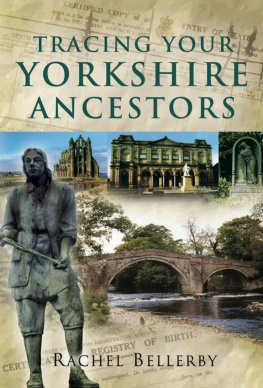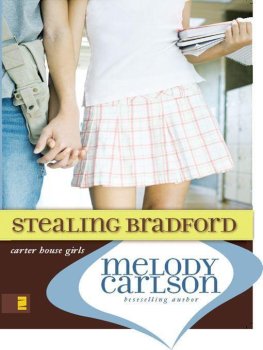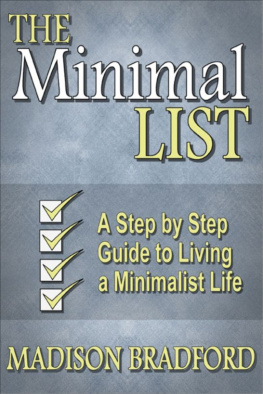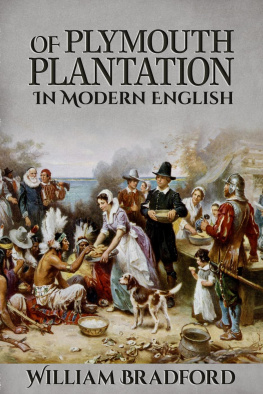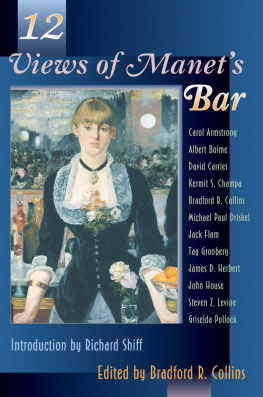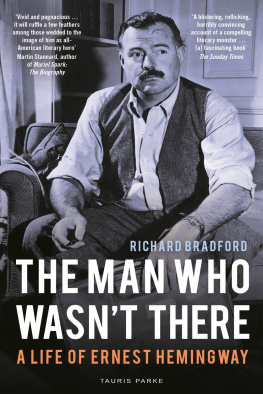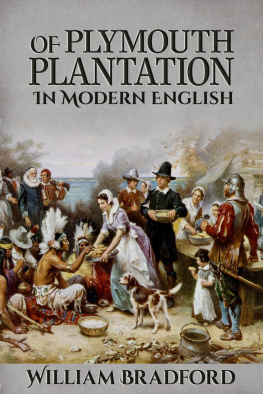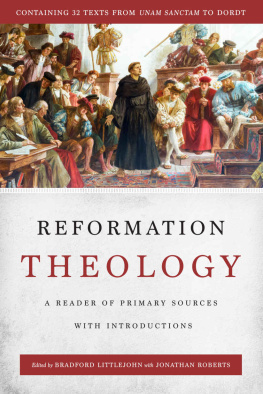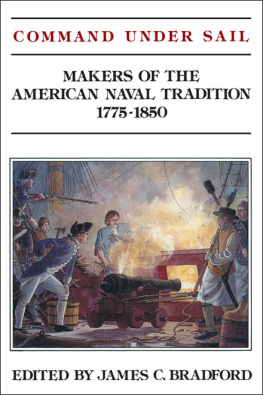Struggle & Suffrage in Bradford
Struggle & Suffrage in Bradford
Womens Lives and the Fight for Equality
Rachel Bellerby
First published in Great Britain in 2019 by Pen & Sword HISTORY An imprint of Pen & Sword Books Limited Yorkshire Philadelphia
Copyright Rachel Bellerby, 2019
ISBN 978 1 52671 6 927
eISBN 978 1 52671 6 941
Mobi ISBN 978 1 52671 6 934
The right of Rachel Bellerby to be identified as Author of this work has been asserted by her in accordance with the Copyright, Designs and Patents Act 1988.
A CIP catalogue record for this book is available from the British Library
All rights reserved. No part of this book may be reproduced or transmitted in any form or by any means, electronic or mechanical including photocopying, recording or by any information storage and retrieval system, without permission from the Publisher in writing.
Pen & Sword Books Limited incorporates the imprints of Atlas, Archaeology, Aviation, Discovery, Family History, Fiction, History, Maritime, Military, Military Classics, Politics, Select, Transport, True Crime, Air World, Frontline Publishing, Leo Cooper, Remember When, Seaforth Publishing, The Praetorian Press, Wharncliffe Local History, Wharncliffe Transport, Wharncliffe True Crime and White Owl.
For a complete list of Pen & Sword titles please contact PEN & SWORD BOOKS LIMITED
47 Church Street, Barnsley, South Yorkshire S70 2AS, United Kingdom E-mail:
Or
PEN AND SWORD BOOKS
1950 Lawrence Rd, Havertown, PA 19083, USA
E-mail:
Website: www.penandswordbooks.com
Acknowledgements
It would be almost impossible (and probably foolhardy) to write a book of local history stories without tapping into the knowledge of local people. During my time writing this book Ive been lucky enough to work with and be inspired by some of Bradfords finest historians and storytellers. And, of course Bradford is home to several great libraries and archives that are staffed by people with a passion for the past.
Thanks are due to the following, and apologies for anyone Ive missed: staff at Bradford Archives and Bradford Local Studies Libraries; members of Thornton Antiquarians, Heaton & District Local History Group, Bradford World War I Group, Saltaire History Group; researchers and historians Derek Barker, Helen Broadhead, Alan Cattell, Richard Coomber (Shipley in World War I website), Nigel Grizzard, Chris Power and Tricia Restorick. And lastly my dear friend and colleague Tina Jackson, who has been writing the Women of Leeds volume in this series and who kept me inspired and motivated.
Introduction
When I began researching this book more than a year ago I began to wonder what I had let myself in for, since it seemed that the history of Bradford as we know it was very much dominated by men. The wool barons, politicians and entrepreneurs seemed largely to be male and I wondered whether my task would be fruitless.
But it soon became apparent that the women of the city do very much have tales to tell and its been exciting to tease out the history of Bradford women from a variety of sources including newspapers, court reports, theatre programmes, official documents and photograph collections.
Of course, theres never been such a thing as a typical Bradford woman, but by exploring different areas, classes and experiences we can begin to appreciate what life was like in Bradford during the century this book covers, from 1850 to 1950. Obviously, women didnt live their lives isolated from the men and children. The vast majority carried out a variety of roles in society including wife, mother, sister, daughter, employee, employer, club member, etc. Throughout the coming chapters, well explore what it meant to be a female during this exciting time, when so many changes were underway both good and bad.
And so, after many an enjoyable day spent exploring libraries and archives, joining history walks around the city, and talking to women and men of Bradford, these tales are collected together to tell the story of 100 years of Bradford life as seen from the perspective of the citys female population. Well meet merchants and mill-workers, philanthropists and philanderers, suffragettes and strikers.
Let us take a journey back across the centuries and find out what life was like in this marvellous city in years gone by.
CHAPTER ONE
Home Life
A household at the start of our period, no matter how wealthy, would have relied on gas lighting or candlelight, with little in the way of labour-saving devices (although, of course, servants would assist those who could afford their services), and the only means of getting out and about was on foot, horseback or by coach. In contrast, by the start of the 1950s, electricity was in many homes, appliances such as fridges and vacuum cleaners were becoming commonplace, the TV revolution was just around the corner and car ownership was within the reach of many families.
Different experiences
In the nineteenth century, around eighty per cent of Bradford residents lived within a nuclear family, with a further ten per cent living with extended family. Lodgers were one way for a family to make money when extra funds were needed, and this type of arrangement was often a way that a widow could afford to stay in her house if she had the space for an extra occupant and was willing to cook and do laundry for the lodger.
Living conditions varied according to a womans social class, her occupation (and that of her husband if applicable), and whether she was a wife, widow or daughter. These conditions also changed over time. The state of inner-city slums inhabited by newly-arrived immigrants in the mid-nineteenth century bore no resemblance whatsoever to the beautiful suburban homes of a 1950s family living somewhere like Heaton or Baildon.


